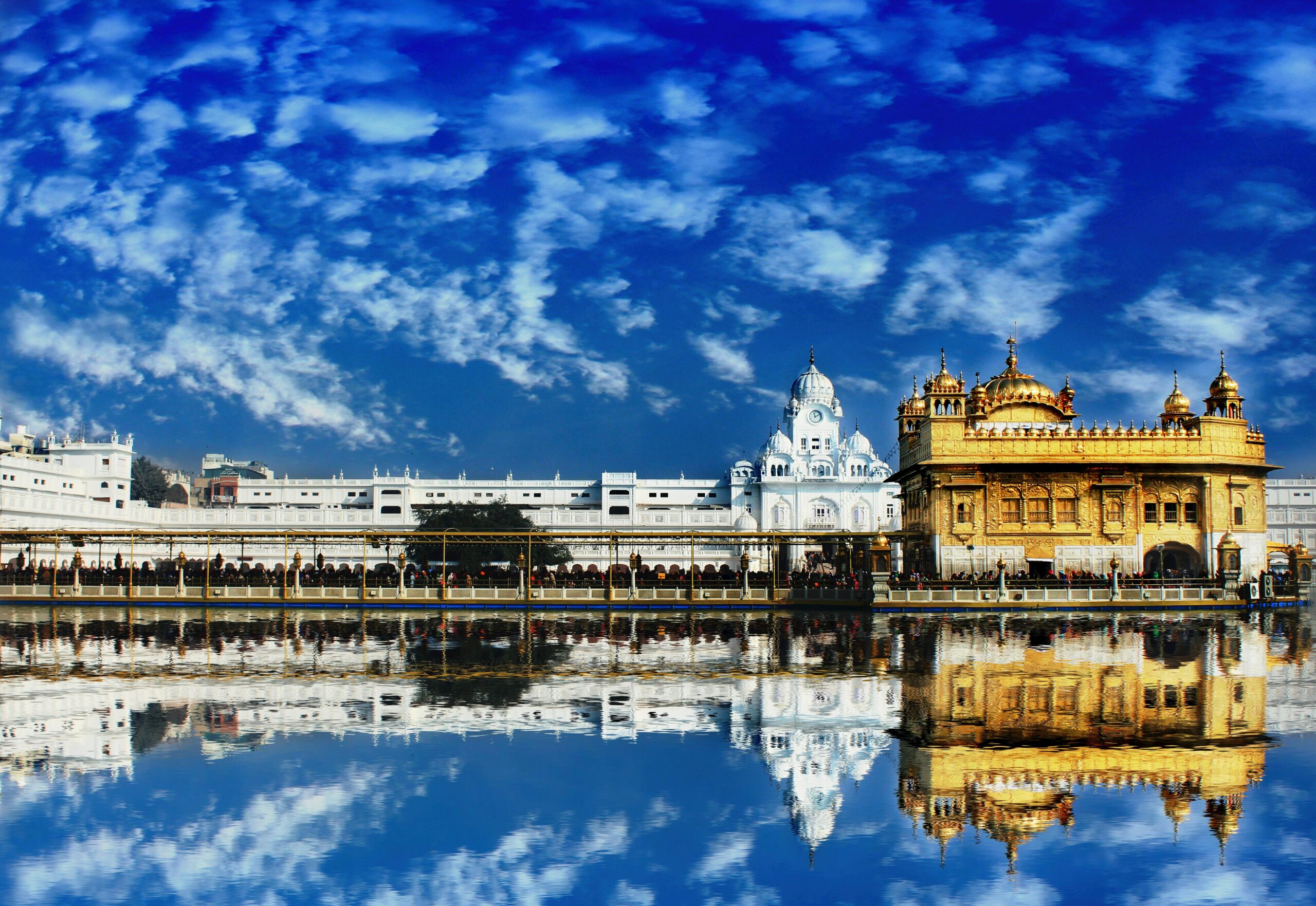The Belt and Road Initiative (BRI), launched by China in 2013 under President Xi Jinping, is a global development strategy aimed at improving connectivity and cooperation across Asia, Europe, Africa, and beyond. It is often referred to as a modern-day “Silk Road”, as it seeks to enhance trade, infrastructure, and economic integration among participating countries.
Key Components
- Belt:
- Refers to the Silk Road Economic Belt, a network of overland routes connecting China to Europe via Central Asia and the Middle East.
- Focuses on building infrastructure like roads, railways, and pipelines.
- Road:
- Refers to the 21st Century Maritime Silk Road, a sea route linking China’s coastal regions to Southeast Asia, South Asia, Africa, and Europe.
- Emphasizes port development and maritime trade.
Objectives
- Economic Integration:
- Promote trade and investment across partner countries.
- Infrastructure Development:
- Build roads, railways, ports, airports, and energy projects.
- Market Expansion:
- Open new markets for Chinese goods and services.
- Geopolitical Influence:
- Strengthen China’s strategic and diplomatic presence globally.
Scope
The BRI spans over 150 countries and encompasses several continents, including:
- Asia: Central Asia, South Asia, Southeast Asia, and the Middle East.
- Africa: Focused on ports, railways, and industrial hubs.
- Europe: Enhancing rail and road connectivity to link with Chinese supply chains.
- Latin America and Oceania: Inclusion in recent years for broader global outreach.
Flagship Projects
- China-Pakistan Economic Corridor (CPEC):
- A $62 billion investment connecting China’s Xinjiang province to Pakistan’s Gwadar Port.
- Kyaukpyu Port Project, Myanmar:
- Links China’s Yunnan province to the Indian Ocean.
- Djibouti Port and Rail Project, Africa:
- Enhances China’s access to Africa and the Middle East.
- Greece’s Piraeus Port:
- Developed as a key hub for Chinese goods entering Europe.
Funding
- Primarily financed through Chinese banks, including the China Development Bank and the Asian Infrastructure Investment Bank (AIIB).
- Loans are provided to participating countries for infrastructure projects, often criticized for their high-interest rates and terms.
Significance
- Global Trade:
- Reduces transportation costs and boosts economic activity in partner nations.
- Infrastructure Development:
- Provides critical infrastructure to developing countries lacking funding options.
- Diplomatic Strategy:
- Positions China as a key player in global economic governance.
Criticism
- Debt Trap Diplomacy:
- Critics argue that China uses loans to gain leverage over partner countries that cannot repay their debts.
- Example: Sri Lanka’s Hambantota Port, leased to China for 99 years due to debt default.
- Environmental Concerns:
- Projects often overlook environmental impacts, leading to deforestation and habitat loss.
- Lack of Transparency:
- Limited accountability and transparency in project financing and execution.
- Geopolitical Tensions:
- Viewed by some countries, including the U.S. and India, as a means for China to exert geopolitical dominance.
India’s Stand on BRI
India has opposed the BRI, citing concerns about:
- Sovereignty:
- The CPEC passes through Pakistan-occupied Kashmir, which India claims as its territory.
- Strategic Risks:
- Perceives BRI as undermining its strategic and economic interests in the region.
Future of BRI
- Economic Challenges:
- Rising global debt levels and China’s slowing economy may impact funding and project sustainability.
- Global Shifts:
- Competing initiatives like the G7’s Partnership for Global Infrastructure and Investment (PGII) and the EU’s Global Gateway aim to provide alternatives to BRI.
- Green BRI:
- China has pledged to make the BRI more environmentally friendly by focusing on renewable energy projects.
The Belt and Road Initiative is a transformative project with the potential to reshape global trade and connectivity. However, its long-term success depends on addressing financial, environmental, and geopolitical challenges while fostering inclusive and sustainable growth.

